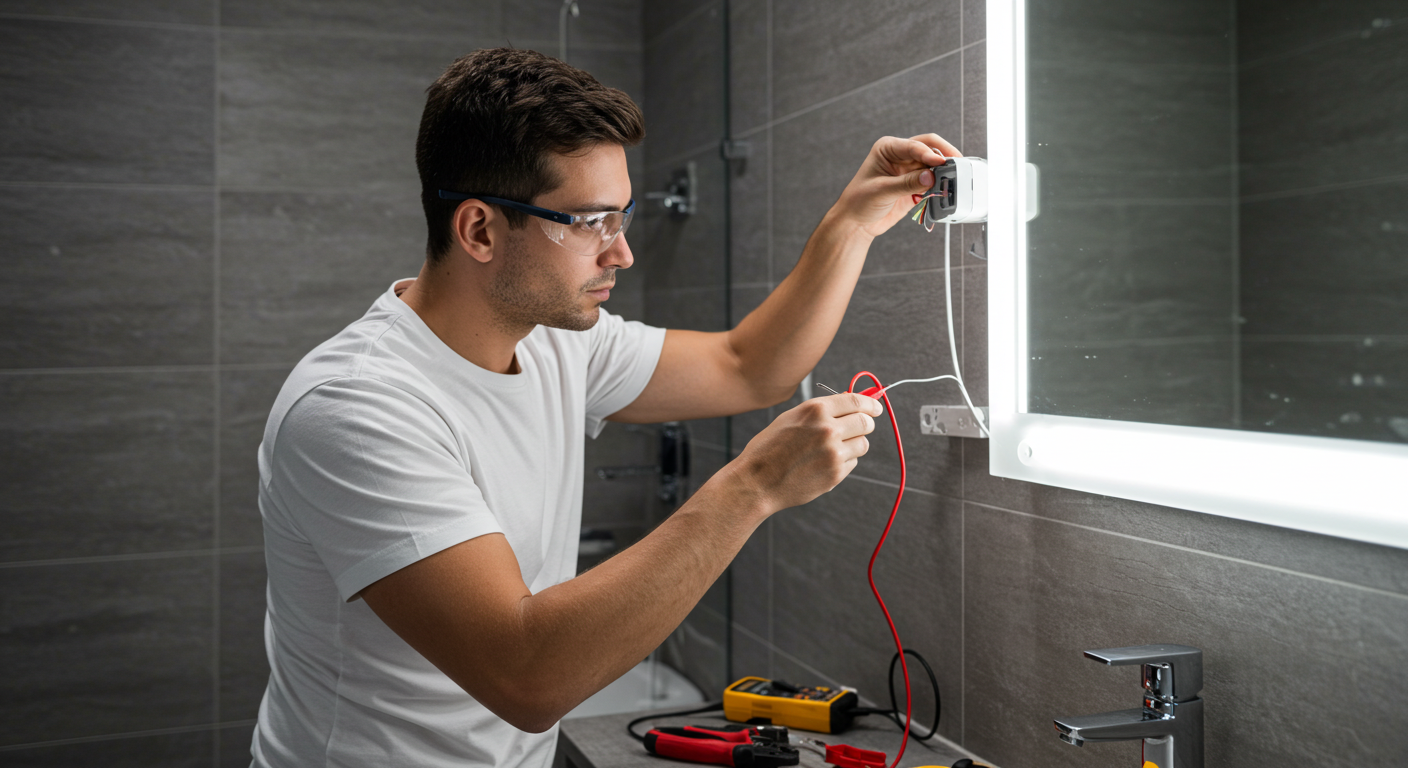Industrial operations depend on precise flow control, and valves are at the heart of that process. Whether in refineries, chemical plants, or oilfield systems, choosing the right valve determines efficiency, reliability, and safety. Two designs that frequently appear in these applications are the plug valve and the ball valve.
At first glance, they seem to serve the same function, yet their construction, durability, and performance differ in important ways. Engineers who understand these differences stay prepared to select the right solution for demanding conditions where even BOP parts may impact operational reliability.
What Makes Plug Valves Unique?
The plug valve is one of the oldest valve designs, known for its simple mechanism and quick shutoff capabilities. It uses a cylindrical or tapered plug with a hollow passage. When rotated, the plug either allows flow or blocks it entirely. This design creates a tight seal, which is critical when handling abrasive or corrosive materials.
Key Features of Plug Valves
- Minimal pressure drop due to straight-through design.
- Excellent for on-off applications.
- Strong resistance to wear in slurry or chemical environments.
- Easy to operate with a quarter-turn motion.
Because of these qualities, plug valves appear in pipelines that carry gas, chemicals, or oil products where fast shutoff might be required. They are also suitable for systems where cleaning and maintenance need to be straightforward.
Why Ball Valves Remain Popular?
While the plug valve has a long history, the ball valve represents a more modern design. It uses a spherical ball with a hole drilled through its center. Rotating the ball by 90 degrees allows operators to start or stop flow. Its popularity stems from durability, minimal leakage, and strong sealing even under high-pressure environments.
Key Features of Ball Valves
- Strong sealing with low torque operation.
- High pressure and temperature handling.
- Long service life with minimal maintenance.
- Smooth operation even in high-cycle applications.
Because of their efficiency, ball valves are often used in oil and gas pipelines, water distribution, and power generation facilities. Their versatility makes them suitable for both isolation and control, though in some cases, plug valves still outperform them in handling certain fluids.
Comparing Plug Valves and Ball Valves
Although both valves perform the basic task of controlling flow, the decision between them depends on several factors.
Design and Construction
- Plug valves feature a simple plug mechanism that directly aligns with the flow. This design allows for quick and efficient on/off control with minimal resistance. The smooth action ensures a reliable seal, making them ideal for applications where tight shutoff and easy maintenance are essential.
- Ball valves use a precision-drilled ball that ensures consistent sealing. This design allows for smooth, quarter-turn operation, providing quick and reliable control of flow. The ball’s tight seal minimizes leakage, making it ideal for high-pressure and high-temperature applications. Its durability and low maintenance requirements make it a popular choice across various industries.
The simplicity of plug valves often means they are easier to repair or service, while ball valves tend to last longer with less maintenance.
Performance in Harsh Environments
- Plug valves handle slurry, viscous fluids, and corrosive chemicals better. Their simple design reduces the likelihood of clogging, ensuring smoother flow in challenging applications.
- Ball valves provide tighter sealing under extreme pressure or temperature.
This distinction makes plug valves a go-to for certain industrial chemical systems, while ball valves dominate in high-pressure oilfield applications.
Maintenance and Serviceability
Plug valves, due to their straightforward design, can be disassembled and reassembled with relative ease. Ball valves usually require less frequent maintenance but may involve more complex servicing when needed.
Role of BOP Parts in Valve Applications
In oilfield environments, BOP parts (blowout preventer parts) support system safety and pressure control. While not directly part of valves, they share the same operational environment and often influence equipment selection. A system that includes reliable BOP components along with well-chosen valves ensures that shutdowns remain safe and effective. For engineers, integrating high-quality valves with strong BOP assemblies reduces downtime and improves overall system resilience.
Applications Where Plug Valves Excel
The plug valve shines in specific conditions where reliability matters more than efficiency. For example:
- Chemical processing plants: Resistant to harsh chemicals and acids.
- Oil and gas pipelines: Useful in low-pressure systems requiring frequent shutoff.
- Slurry handling: Designed to withstand abrasive materials without rapid wear.
These environments show why plug valves remain a staple despite the growth of other technologies.
Applications Where Ball Valves Dominate
Ball valves outperform plug valves in different conditions, such as:
- High-pressure oilfield operations: Strong sealing reduces risk of leakage.
- Power generation: Capable of withstanding high temperatures and cycling demands.
- Water and wastewater systems: Low torque operation makes them energy efficient.
These applications illustrate how ball valves complement plug valves rather than replace them entirely.
Future Outlook for Industrial Valves
As industries embrace automation and smart systems, valve technologies must evolve. Both plug valves and ball valves now appear with advanced materials that withstand higher stress and more aggressive chemicals. In addition, digital monitoring systems allow operators to predict failures and extend service life.
For oilfield applications, combining durable valves with dependable BOP parts strengthens operational safety. In industrial systems, innovation continues to focus on reducing maintenance time, improving seals, and adapting valves for automated control networks.
Conclusion
Choosing between a plug valve and a ball valve is not about deciding which is superior. It is about recognizing where each excels and applying that knowledge to the right industrial environment. Plug valves handle abrasive and corrosive conditions better, while ball valves deliver long-lasting performance under pressure and heat.
Both play an important role in building reliable, efficient systems, especially when paired with trusted BOP parts for oilfield safety. Industrial teams that understand these distinctions will stay better prepared to optimize their supply chains and equipment performance.

